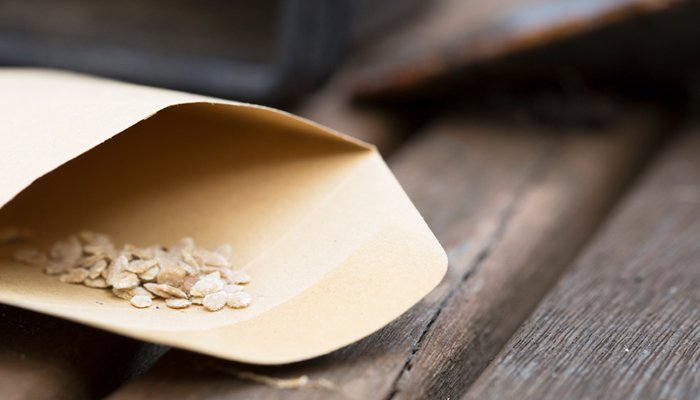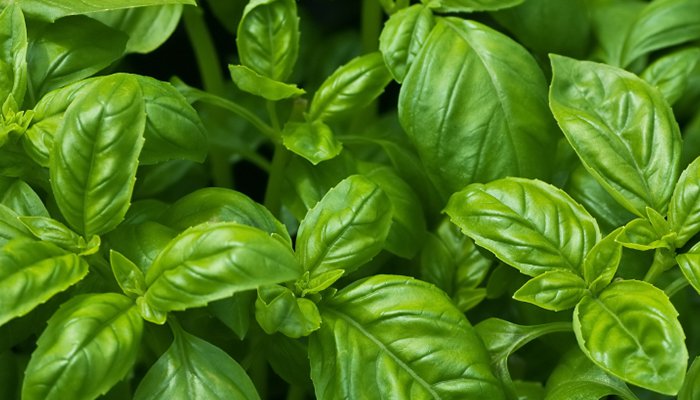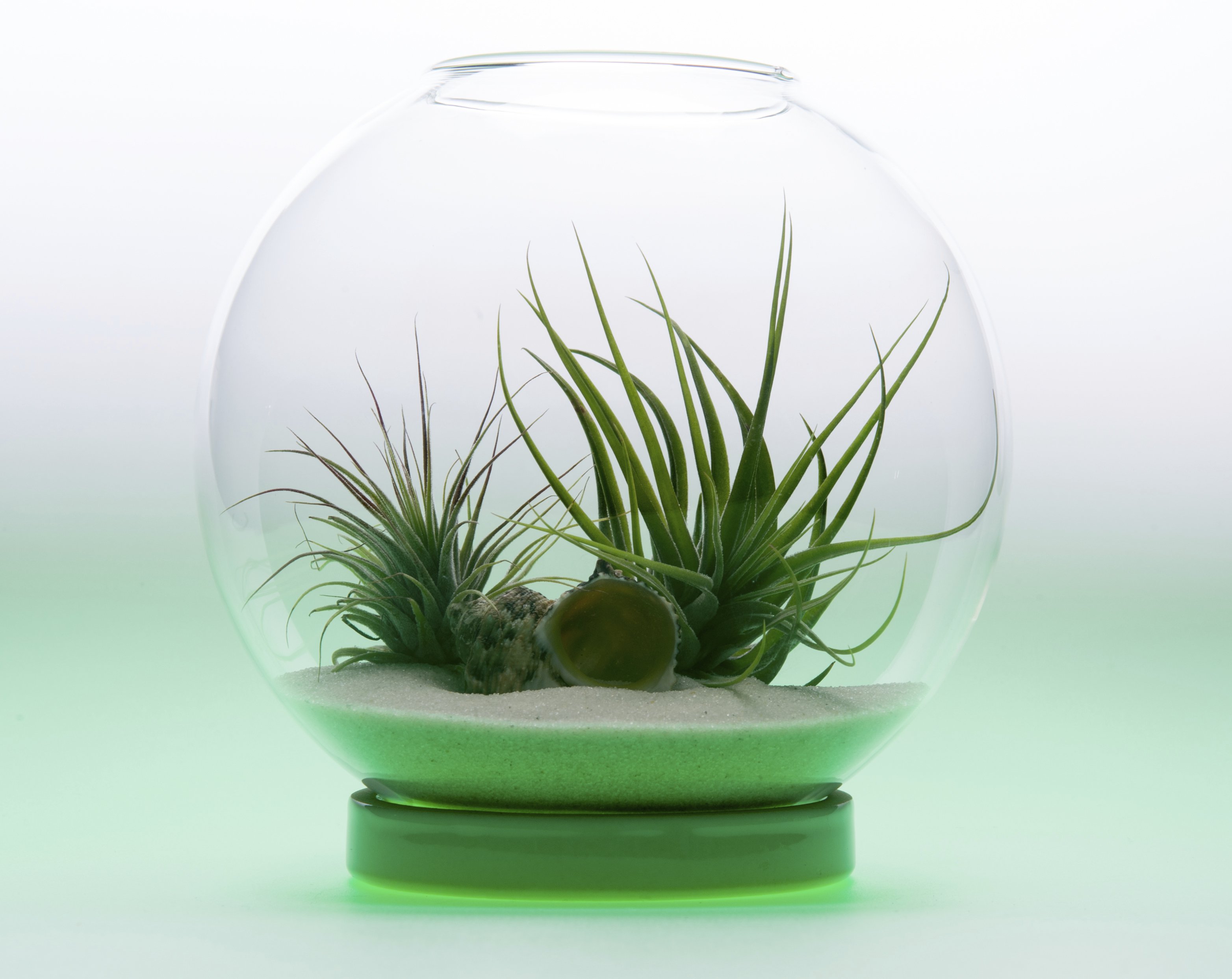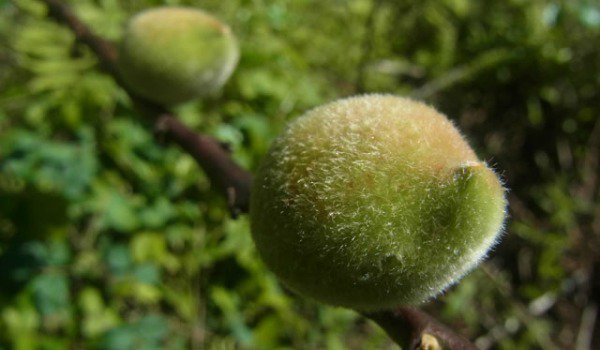
Rutgers New Jersey Agricultural Experiment Station has a list, which is accessible on their site, of hundreds of plant species that may deter deer from eating and damaging them. That list is broken down into four categories: A. Rarely Damaged, B. Seldom Severely Damaged, C. Occasionally Severely Damaged, and D. Frequently Severely Damaged. That’s a lot of information to weed through to find exactly what you’re looking for, so here we’ve identified four deer-resistant vines for fall planting. It is, however, important to note that there aren’t really any plants deer won’t consume because if food is scarce and a herd is large enough they will eat whatever they can find.
For the most part, vines are too high off of the ground for deer to damage, but when vine are young they may get eaten before they have a chance to sprout. If you want flowering vines whose leaves will remain intact try these four vines:
4 Deer Resistant Vines
- Winter Jasmine – This vine does not have the aroma of typical jasmine. It’s a cheerful plant that doesn’t need much attention and flowers from mid to late winter. You can grow it as a vertical vine or scrambling shrub. It can withstand full sun, moderate watering and will grow in -10°F or -23°C. In the end you’ll be happy you nurtured the Winter Jasmine because at its maturity it grows up to 15 feet.
- Wisteria – This is a beautiful flowering vine, but be sure you purchase the American Wisteria because the Japanese and Chinese species can easily get out of control growing up to 50 feet and engulfing large trees. With the American Wisteria that isn’t a worry; although the flowers and vines are smaller than those of its Asian cousins it’s still an absolutely gorgeous choice. Wisteria flourishes in full or partial sun and with low water.
- American Bittersweet – When choosing a Bittersweet be sure to get the species that’s native to eastern and central North America or you’ll have the invasive Oriental Bittersweet on your hands. The American Bittersweet treats us with whitest-yellowish flowers in the summer and later brightly colored fruit that last into early winter. Be forewarned: If eaten by humans it is toxic. It will grow in 40°F or 40°C temperatures.
- Clematis – If you want a more delicate flower then this is the right choice. Most often seen in purple and white these plants come in about five different species, which determines where the will grow the best. Place them in full or partial sun and water moderately, and you’ll eventually have a vine up to 25 feet.
Even though you’re using the vines to deter deer, the great thing about them is they’re gorgeous and will bring life and beauty to your yard or garden. And, as they’re a fairly low-maintenance choice you’ll be pleased with nurturing them for years to come. Now you can watch deer graze nearby and, hopefully, leave your garden alone.
Image: iStockPhoto











